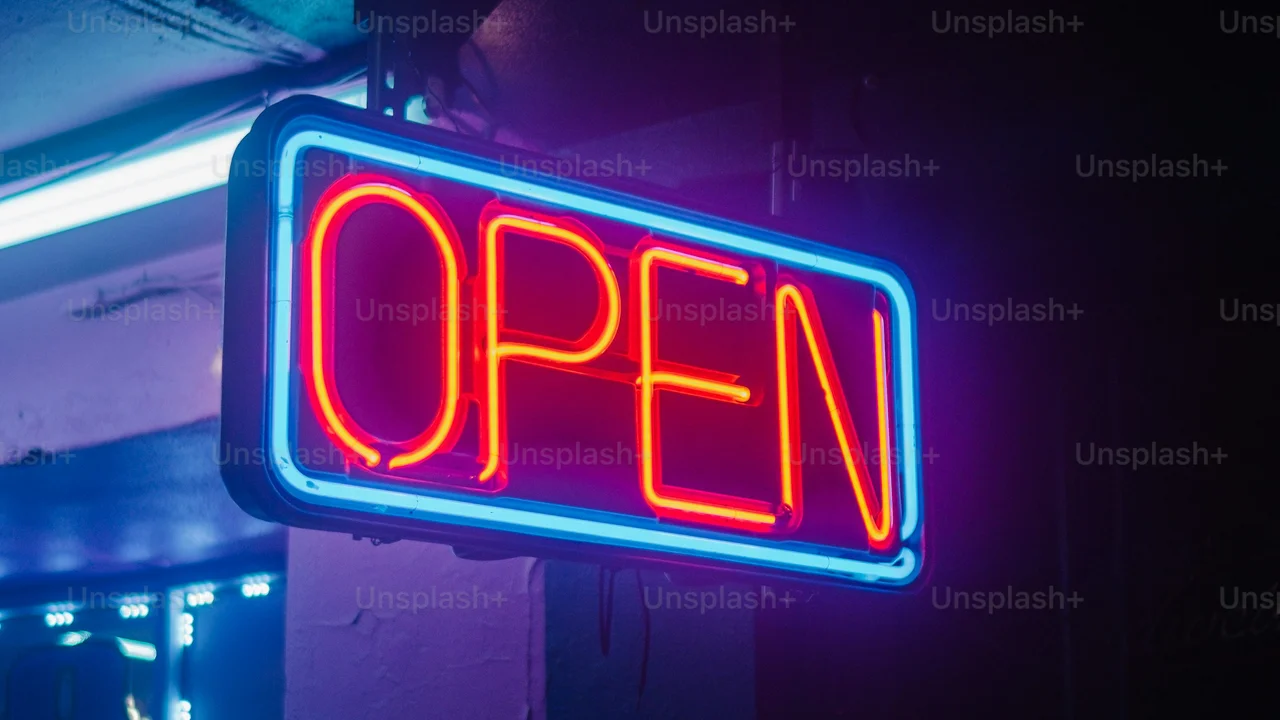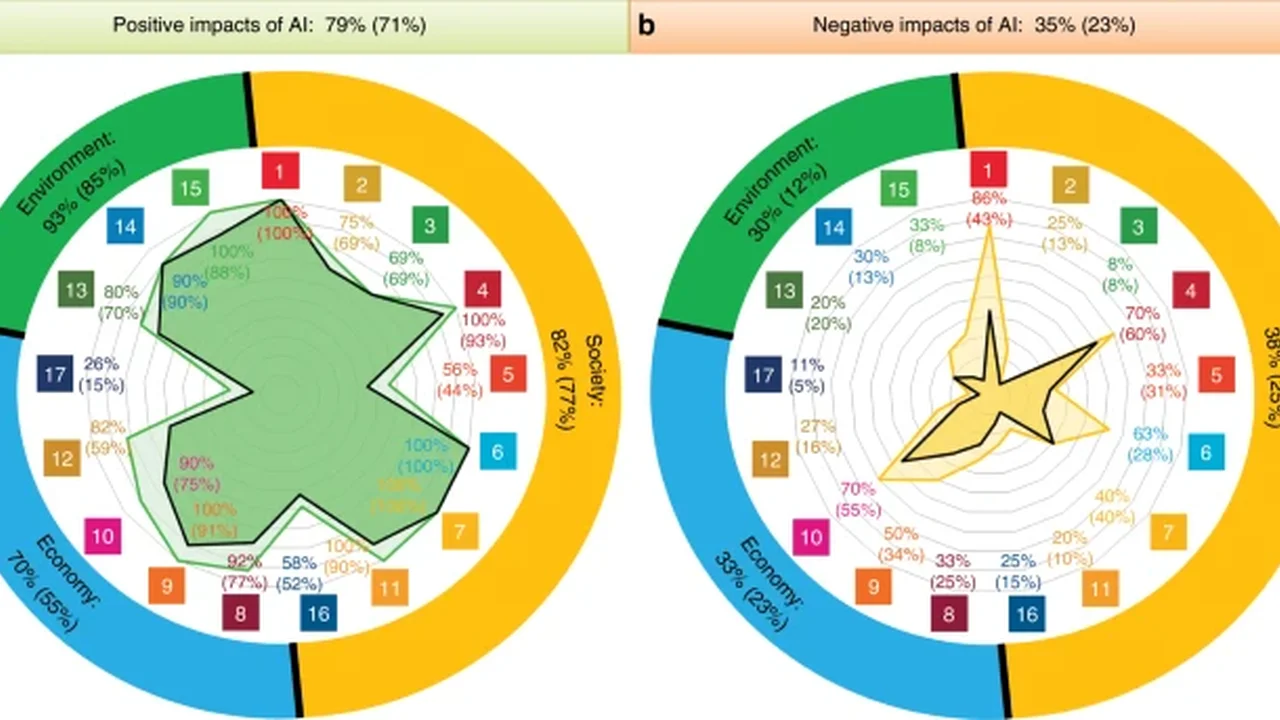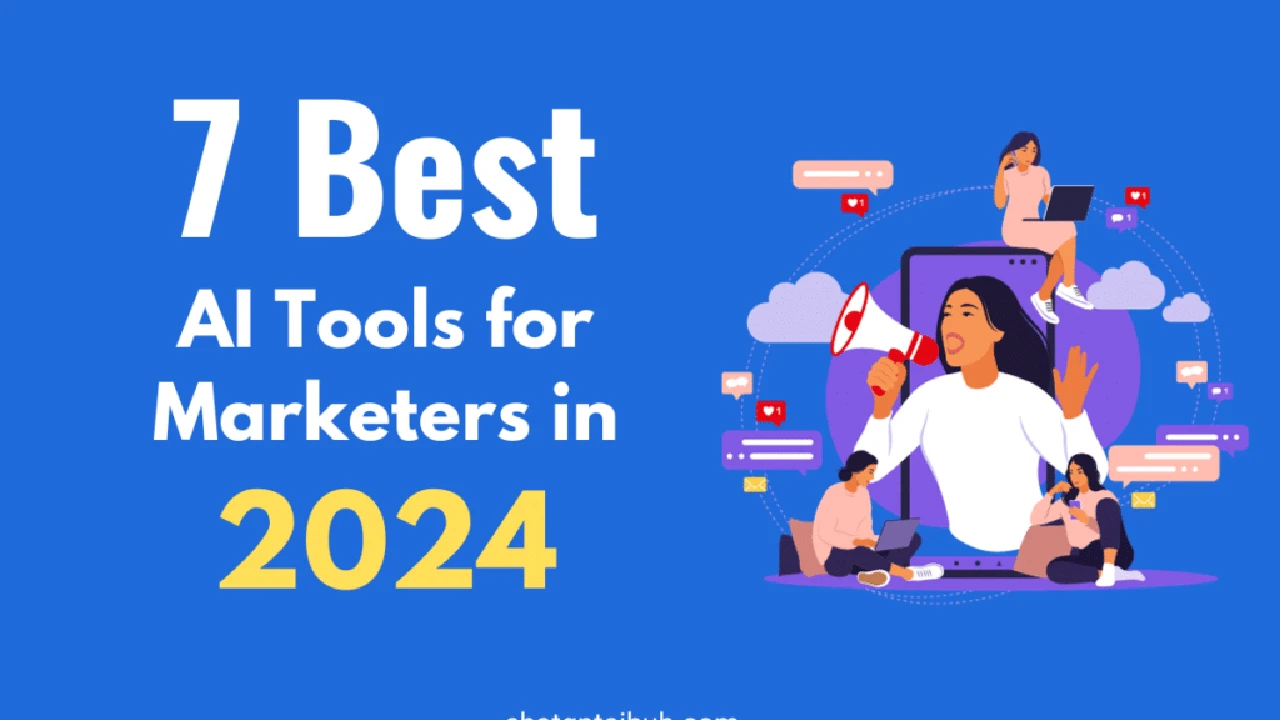AI Open Source Tools: A Comprehensive Overview
Explore generative AI and its ability to create new content with AI. This article discusses the applications of generative AI in art, music, and literature. Discover the future of AI-driven creativity.

Understanding Generative AI What Is It and How Does It Work
Okay, let's dive into generative AI. What exactly is it? Simply put, it's a type of AI that can create new content. Think of it as an AI that can paint a picture, write a poem, compose music, or even design a new product. It's not just regurgitating existing data; it's generating something entirely new based on what it has learned.
Generative AI models use various techniques, but one of the most popular is the Generative Adversarial Network (GAN). GANs consist of two neural networks: a generator and a discriminator. The generator creates new data, while the discriminator evaluates it, trying to distinguish between real and generated data. This constant back-and-forth between the two networks leads to the generator becoming better and better at creating realistic and original content.
Another popular approach is using Variational Autoencoders (VAEs). VAEs learn a compressed representation of the input data and then use this representation to generate new data points. This method is particularly effective for generating images and other complex data types.
Generative AI in Art Painting Music and Literature Applications
Now, let's explore some real-world applications of generative AI. The possibilities are truly mind-blowing. In the realm of art, AI can create stunning visual pieces, mimicking the styles of famous artists or even inventing entirely new artistic styles. Imagine an AI that can generate a Van Gogh-esque landscape based on a simple text prompt!
Music is another area where generative AI is making waves. AI can compose original musical pieces, generate variations on existing melodies, and even create entire soundtracks. Several platforms allow you to input specific parameters, such as genre, tempo, and mood, and the AI will generate a unique piece of music tailored to your needs.
And then there's literature. AI can write poems, short stories, and even entire novels. While it might not be winning any Pulitzer Prizes just yet, the quality of AI-generated writing is constantly improving. AI can be used to assist writers with brainstorming, generating plot ideas, and even crafting dialogue. It's a powerful tool for overcoming writer's block and exploring new creative avenues.
Examples of Generative AI Tools and Products for Content Creation
Alright, let's get practical. What are some actual generative AI tools you can use right now? Here are a few examples:
- DALL-E 2 (OpenAI): This is a powerhouse for generating images from text descriptions. You can input a phrase like "a cat wearing a spacesuit," and DALL-E 2 will create a realistic image based on that description.
- Midjourney: Similar to DALL-E 2, Midjourney is another AI image generator that's gained immense popularity. It's particularly known for its artistic and surreal outputs.
- Stable Diffusion: This is an open-source alternative to DALL-E 2 and Midjourney. It's highly customizable and allows for more control over the image generation process.
- GPT-3 (OpenAI): While not strictly a "generative AI" tool in the same vein as the others, GPT-3 is a powerful language model that can be used for a wide range of text-based tasks, including writing articles, generating code, and answering questions.
- Amper Music: This AI music composer allows you to create original music for videos, podcasts, and other projects. You can specify the genre, tempo, and mood, and Amper Music will generate a unique track.
- Jasper.ai (Formerly Jarvis): An AI writing assistant that helps create marketing copy, blog posts, and other content quickly.
Comparing Generative AI Platforms DALL-E 2 Midjourney and Stable Diffusion
So, you've got DALL-E 2, Midjourney, and Stable Diffusion. Which one should you choose? Let's break down the key differences:
- DALL-E 2: Known for its realism and ability to generate highly detailed images. It's great for creating photorealistic images and scenes. However, it can be more restrictive in terms of the types of content you can generate.
- Midjourney: Excels at creating artistic and surreal images. It's known for its unique aesthetic and ability to generate visually stunning pieces. It's often preferred by artists and designers.
- Stable Diffusion: Offers the most flexibility and customization options. Being open-source, it allows you to fine-tune the model to your specific needs. It's a good choice for users who want more control over the image generation process.
Pricing:
- DALL-E 2: Operates on a credit system. You purchase credits, which are used to generate images. The cost per image varies depending on the size and complexity of the image.
- Midjourney: Offers subscription plans. The cost varies depending on the number of images you can generate per month.
- Stable Diffusion: Being open-source, Stable Diffusion is free to use. However, you'll need to have the necessary hardware and technical expertise to run it.
Use Cases for Generative AI in Different Industries
Generative AI isn't just for artists and musicians. It has applications in a wide range of industries:
- Marketing: Generating ad copy, creating product images, and personalizing marketing campaigns.
- Design: Creating product prototypes, designing logos, and generating architectural renderings.
- Gaming: Generating game assets, creating character designs, and composing soundtracks.
- Fashion: Designing new clothing lines, creating virtual fashion shows, and personalizing clothing recommendations.
- Education: Creating personalized learning materials, generating interactive exercises, and providing customized feedback.
Ethical Considerations and the Future of Generative AI
Of course, with great power comes great responsibility. Generative AI raises some important ethical considerations. One concern is the potential for misuse, such as creating deepfakes or generating misinformation. It's important to develop safeguards to prevent these types of abuses.
Another concern is the potential for copyright infringement. If an AI generates an image that's similar to an existing copyrighted work, who owns the copyright? These are complex legal questions that need to be addressed.
Despite these challenges, the future of generative AI is bright. As the technology continues to evolve, we can expect to see even more innovative and creative applications. Generative AI has the potential to revolutionize the way we create content, design products, and interact with the world around us. It's an exciting time to be involved in the field of AI.
:max_bytes(150000):strip_icc()/277019-baked-pork-chops-with-cream-of-mushroom-soup-DDMFS-beauty-4x3-BG-7505-5762b731cf30447d9cbbbbbf387beafa.jpg)






